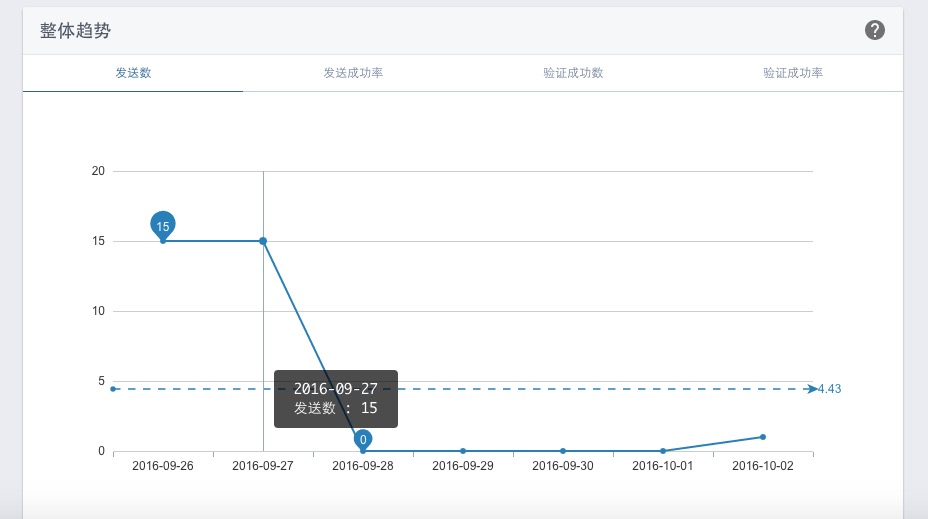編輯:關於Android編程
先占個位置,下次翻譯 :p
In order to reuse the Fragment UI components, you should build each as a completely self-contained, modular component that defines its own layout and behavior. Once you have defined these reusable Fragments, you can associate them with an Activity and connect them with the application logic to realize the overall composite UI.
Often you will want one Fragment to communicate with another, for example to change the content based on a user event. All Fragment-to-Fragment communication is done through the associated Activity. Two Fragments should never communicate directly.
To allow a Fragment to communicate up to its Activity, you can define an interface in the Fragment class and implement it within the Activity. The Fragment captures the interface implementation during its onAttach() lifecycle method and can then call the Interface methods in order to communicate with the Activity.
Here is an example of Fragment to Activity communication:
public class HeadlinesFragment extends ListFragment {
OnHeadlineSelectedListener mCallback;
// Container Activity must implement this interface
public interface OnHeadlineSelectedListener {
public void onArticleSelected(int position);
}
@Override
public void onAttach(Activity activity) {
super.onAttach(activity);
// This makes sure that the container activity has implemented
// the callback interface. If not, it throws an exception
try {
mCallback = (OnHeadlineSelectedListener) activity;
} catch (ClassCastException e) {
throw new ClassCastException(activity.toString()
+ " must implement OnHeadlineSelectedListener");
}
}
...
}
Now the fragment can deliver messages to the activity by calling the onArticleSelected() method (or other methods in the interface) using the mCallback instance
of the OnHeadlineSelectedListener interface.
For example, the following method in the fragment is called when the user clicks on a list item. The fragment uses the callback interface to deliver the event to the parent activity.
@Override
public void onListItemClick(ListView l, View v, int position, long id) {
// Send the event to the host activity
mCallback.onArticleSelected(position);
}
In order to receive event callbacks from the fragment, the activity that hosts it must implement the interface defined in the fragment class.
For example, the following activity implements the interface from the above example.
public static class MainActivity extends Activity
implements HeadlinesFragment.OnHeadlineSelectedListener{
...
public void onArticleSelected(int position) {
// The user selected the headline of an article from the HeadlinesFragment
// Do something here to display that article
}
}
The host activity can deliver messages to a fragment by capturing the Fragment instance
withfindFragmentById(),
then directly call the fragment's public methods.
For instance, imagine that the activity shown above may contain another fragment that's used to display the item specified by the data returned in the above callback method. In this case, the activity can pass the information received in the callback method to the other fragment that will display the item:
public static class MainActivity extends Activity
implements HeadlinesFragment.OnHeadlineSelectedListener{
...
public void onArticleSelected(int position) {
// The user selected the headline of an article from the HeadlinesFragment
// Do something here to display that article
ArticleFragment articleFrag = (ArticleFragment)
getSupportFragmentManager().findFragmentById(R.id.article_fragment);
if (articleFrag != null) {
// If article frag is available, we're in two-pane layout...
// Call a method in the ArticleFragment to update its content
articleFrag.updateArticleView(position);
} else {
// Otherwise, we're in the one-pane layout and must swap frags...
// Create fragment and give it an argument for the selected article
ArticleFragment newFragment = new ArticleFragment();
Bundle args = new Bundle();
args.putInt(ArticleFragment.ARG_POSITION, position);
newFragment.setArguments(args);
FragmentTransaction transaction = getSupportFragmentManager().beginTransaction();
// Replace whatever is in the fragment_container view with this fragment,
// and add the transaction to the back stack so the user can navigate back
transaction.replace(R.id.fragment_container, newFragment);
transaction.addToBackStack(null);
// Commit the transaction
transaction.commit();
}
}
}
 玩轉AppBarLayout實現更酷炫的頂部欄
玩轉AppBarLayout實現更酷炫的頂部欄
上一篇文章《CoordinateLayout的使用如此簡單 》對CoordinateLayout的使用做了講解,今天我們再講解常常與其一起使用的幾個View:AppBar
 Android如何動態改變App桌面圖標
Android如何動態改變App桌面圖標
時不時的我們就會發現,一些我們常見的應用,比如某寶,某東,在一些特殊的日子中,比如雙十一,元旦,為了迎合這樣一個日子的氣氛,在桌面的應用圖標就會發生改變,其實對於這樣的一
 Android仿小米安全中心檢測進度條效果
Android仿小米安全中心檢測進度條效果
模仿小米安全中心檢測效果廢話少說,咱們先上效果圖:github地址: https://github.com/niniloveyou/GradeProgressView這個
 Android之Mob第三方短信驗證服務
Android之Mob第三方短信驗證服務
目錄mob簡單介紹 前期准備2.1注冊登錄 2.2創建應用 2.3下載sdk 2.4引入sdK 調用有界面接口3.1效果圖 3.2配置AndroidManifest.xm